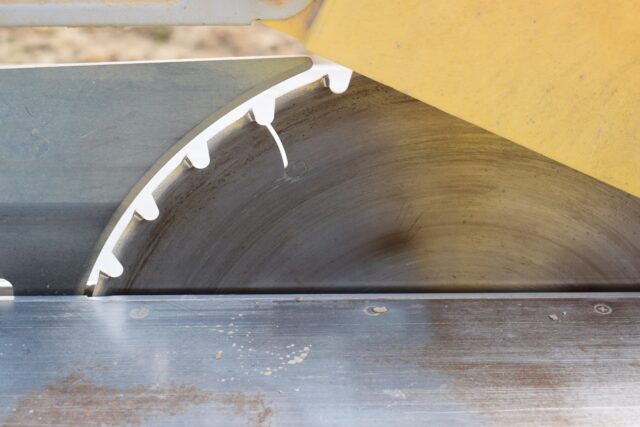
Table saws are a core power tool in many wood shops and woodworking sites. Almost any woodworking project requires at least a single pass through this powerful instrument. As a green woodworker, you may have many questions about what to consider to get the most reliable beginner-level solution. In this guide, woodworking pros from electrogardentools.com shared all you need to know to select the safest and the most efficient tool model. Read on and jot down the aspects that need your attention.
Types of Table Saws
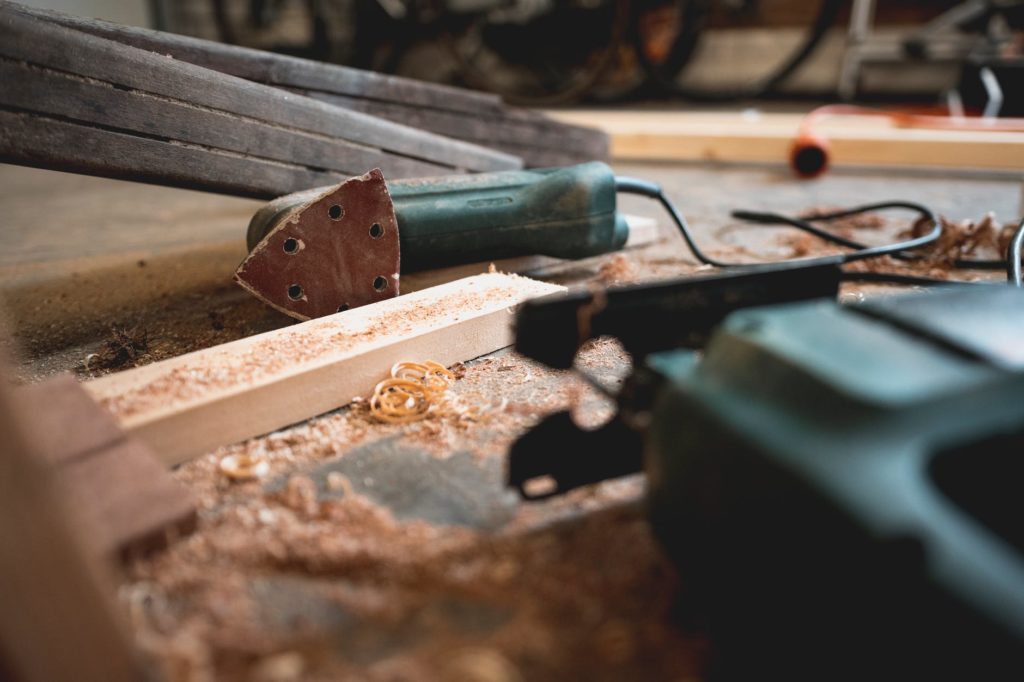
First, let’s overview all the types of tools that the market has for you. Learning the types is the easiest way to see the difference in sizes, power, capabilities, and pricing.
1. Job site type – Small and under $700
This table saw style is a good choice for smaller shops and budgets. It’s very efficient when it comes to the quick breaking down of materials, but not the best one for finishing cuts. However, blade tilting and direct cutting are made highly convenient on such saws. The best part is that you can easily hide it under your workbench or build it effortlessly into the table to save space. The weight is also a drawback, as 50-100lbs without stands aren’t very stable and require more control.
2. Contractor style – Power and mobility
Contractor-style table saws are a popular commercial solution for small and medium shops as they are significantly more powerful. Weighing 250-300lbs, they are still movable if necessary, accept larger pieces of wood, and produce less vibration so that you can make clearer cuts and even achieve a finished quality. The price for these tools varies between $600-$2000 with great devices on both ends.
3. Hybrid saw – Affordable pro level
This is the newest type of table saws that combines a relatively low price ($800-$2,000) with exceptional power and stability. Such a saw requires quite a lot of space but pays you back with super-fine cuts, sawdust collection, and up to 4 horsepowers without switching from 120V to 240V. These tools are larger and much sturdier than the previous two, and most home woodworkers consider them an optimal solution as they tackle most tasks with ease.
4. Cabinet saw – Ultimate solution
Don’t even think about moving these giants without a team of helpers as they can be over 600lbs! That’s where the size really makes the difference, though. For $1,500-$3,500, you get a professional-grade item with heavy-duty parts, a large working surface, spotless dust collection, and surgical precision for the finest finish possible. Any cabinet saw has a 220V engine and can cut through the hardest woods that can be legally purchased. Most professionals and many hobbyists sacrifice their shop space and money to achieve this over-the-top performance.
Safety Measures
Safety is the top priority, especially for beginners. If you don’t want your woodworking holidays to end dramatically one day, don’t buy a new or used saw without a blade guard. This is not a joke, and you will realize it after your first kickback.
Blade guard
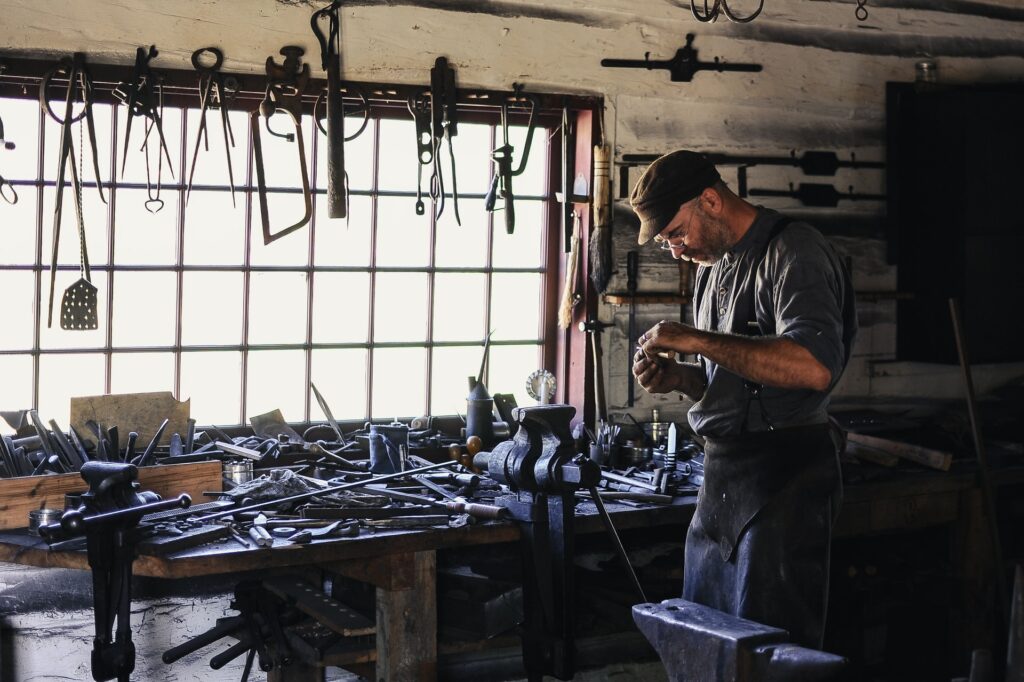
It’s the only part that will keep your hands away from the blade if a heavy kickback occurs.
Riving knives
It’s very beneficial to have a saw with riving knives. These are made of thin metal pieces that prevent the wood from binding on the rotating blade and reduce the number of kickbacks. Fortunately, more and more budget models get them today.
Anti-kickback pawls
This is another popular option that reduces the chance of a kickback rather efficiently. The pawls are mounted after the riving knife and sit right on the workpiece with their sharp teeth pointed towards the wood moving direction. If a kickback occurs, the workpiece moves against the direction of these teeth, digs into the wood, and makes the kickback a lot less hazardous for you. It’s not as effective as the next feature, but you will be happy to have it on a mid-priced machine.
Flesh sensing technology
If your budget is unlimited, you can get something like a Sawstop saw with a finger touch sensor that stops and drops the blade under the table surface if something gets wrong. It’s called Flesh Sensing Technology, and it works like magic. You can come to a local store with a soft sausage to test it. Of course, the sensor won’t leave the “victim” untouched, but it will leave it only with a tiny scratch. This solution is expensive but reduces the chances to lose a finger or anything else to zero.
Drive Type
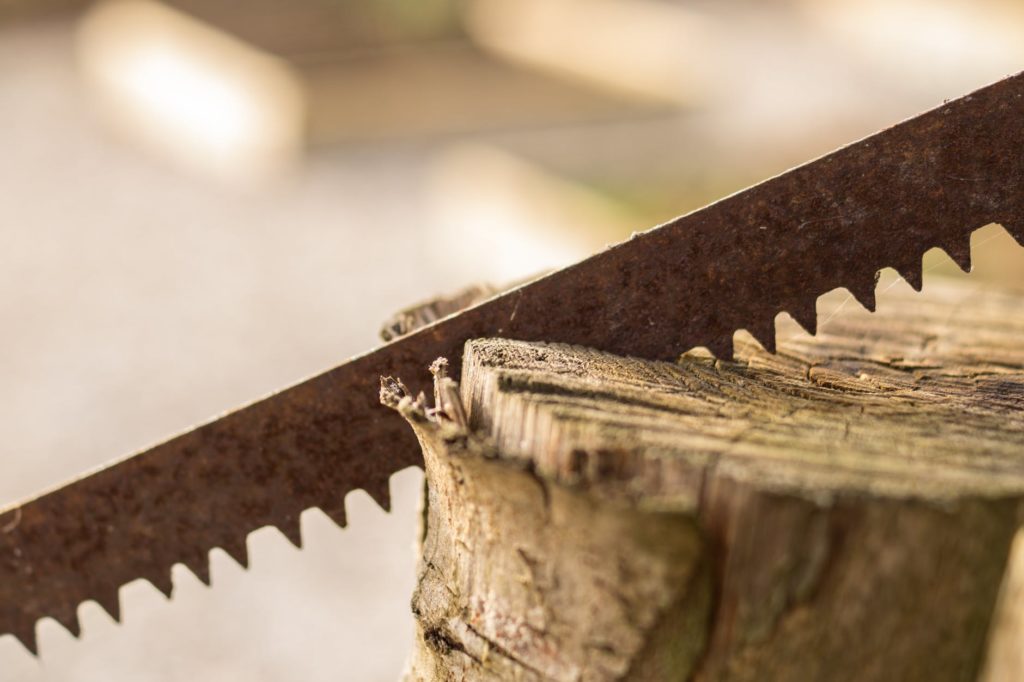
While direct-drive motors of the smaller job site and contractor saws are lightweight, compact, and energy-modest, belt-drive motors beat them in all regards. They are quieter, last longer, produce more torque power, don’t heat up quickly, and always last longer due to a separate blade stop that doesn’t stress the motor.
Arbor & Clamping Nut
The arbor is where the blade is attached. You should consider the length and diameter of this part. Most job site models have rather short arbors and rarely can work even with single dado blades. Contractor-style models offer this capability more often but not always, so be attentive. Bigger types never have problems with this.
The diameter defines the types of compatible blades. You can choose only between a ⅝” and 1” arbors. The reason is most blades from 7 ¼” to 10” use the first, and all 12” to 16” blades have the second type. That’s why you should pay more attention to the clamping nut. The rule is simple here. A large 4” nut for a ⅝” arbor is better than a 1.5” nut on a 1” arbor. Fortunately, you can have a set of different nuts.
The Mighty Beginner
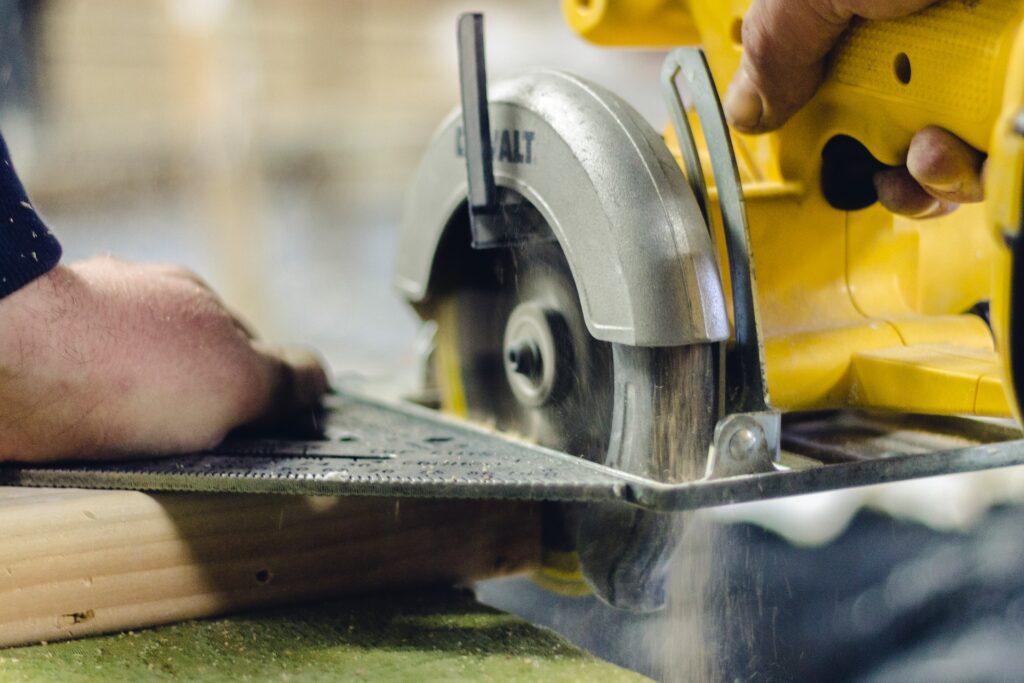
The moment when your first power tool of such a size arrives at your woodshop is extremely exciting. A good table saw will open a whole new world of opportunities for your creativity. You will be able to take on larger projects and perform a variety of new operations with quite a wide range of accessories. Invest your time and budget into getting the best tool you can at the moment and let yourself grow into its capabilities. Stay creative!







